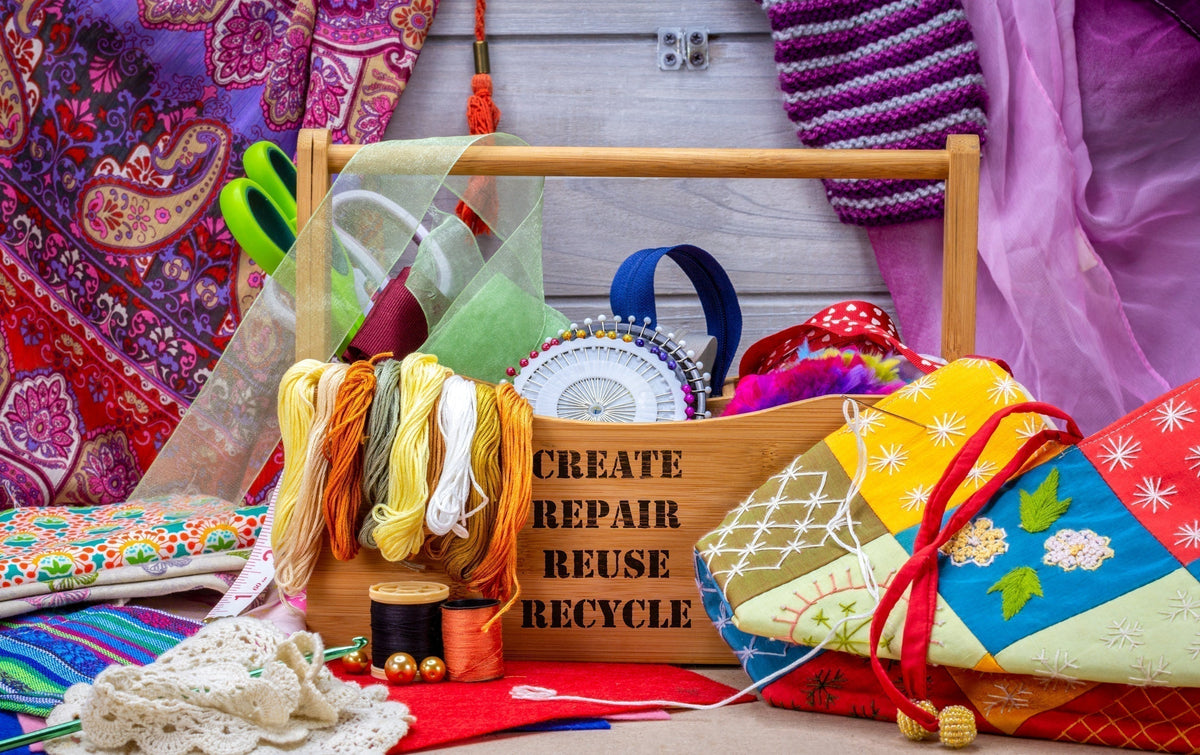The circular economy is a sustainable model that minimizes waste and maximizes resource use. Unlike the traditional linear economy—where products are made, used, and discarded—the circular economy emphasizes designing products for durability, reparability, and reuse. It promotes recycling, upcycling, and regenerating natural systems, creating a closed-loop system where materials are continuously repurposed, reducing environmental impact and conserving resources.
In nature, waste doesn’t exist. A fallen leaf decomposes and becomes nutrients for the soil, which in turn supports new growth. The circular economy aims to mimic this natural cycle, creating a closed-loop system where waste is minimized, and resources are continuously repurposed.
Why Does the Circular Economy Matter?

The current linear economy is unsustainable. Every year, humanity consumes far more resources than the Earth can regenerate. This overconsumption leads to deforestation, water shortages, pollution, and greenhouse gas emissions that contribute to climate change.
By transitioning to a circular economy, we can:
- Reduce Environmental Impact: Less waste means less ocean pollution, landfills, and atmosphere.
- Conserve Natural Resources: Reusing materials reduces the need for mining, logging, and other resource-extraction activities.
- Create Economic Opportunities: Repairing, refurbishing, and recycling industries create jobs and stimulate innovation.
- Foster Resilience: A circular system is less vulnerable to resource shortages and price fluctuations.
Recycling vs. Upcycling: What’s the Difference?
|
Recycling entails decomposing materials to manufacture new products. For instance, used newspapers can be recycled into fresh paper, and plastic bottles can be reprocessed by melting them to generate new plastic items.
|
Upcycling involves enhancing waste materials without breaking them down. It refers to converting old or discarded items into new and functional ones, such as turning an old ladder into a bookshelf or repurposing glass jars into light fixtures. Upcycling helps in reducing waste and promotes creative reuse of materials. |
How You Can Embrace the Circular Economy;
You don’t need to overhaul your entire lifestyle to make a difference. Small, consistent changes can collectively have a huge impact. Here’s how you can get started:
Rethink Your Consumption
Before you buy something new, ask yourself… 
Choosing quality over quantity and durable, repairable products can significantly reduce waste.
Recycle Smartly

Recycling isn’t just about tossing things into the blue bin. To make your recycling efforts count:
- Know your local recycling rules: Not all materials are recyclable everywhere.
- Clean your recyclables: Contaminated items can spoil entire batches of recycling.
- Avoid wish-cycling: Throwing non-recyclables in the bin, hoping they’ll be processed, can do more harm than good.
Get Creative with Upcycling

Upcycling is a fantastic way to reduce waste while adding a personal touch to your home or wardrobe. Some fun ideas include:
- Turning old T-shirts into tote bags.
- Using wine corks to create coasters or bulletin boards.
- Repurposing pallets into garden furniture.
The possibilities are endless, and the process is incredibly rewarding.
Support Circular Businesses
More and more companies are embracing circular principles. Look for businesses that:
- Offer repair services or sell refurbished products.
- Use recycled materials in their products.
- Have take-back programs for used items.
By supporting these businesses, you’re helping drive demand for sustainable practices.
Compost Your Food Waste

The Future is Circular
The shift towards a circular economy isn’t just a trendy necessity. Governments, businesses, and individuals all have a role in rethinking how we produce, consume, and dispose of materials. By embracing recycling and upcycling, you reduce waste and contribute to a more significant movement to create a more sustainable, resilient planet.
The beauty of the circular economy lies in its simplicity. It’s about making smarter choices, valuing what we already have, and recognizing our finite resources. So, the next time you toss something out, pause and ask yourself: Can this be recycled, upcycled, or repurposed?
Because in a circular world, nothing truly goes to waste—and that’s the key to saving our planet.
Ready to Join the Circular Movement?
Start small by repairing an old chair or recycling plastic bottles properly. Get creative with upcycling projects and share your progress to inspire others. Together, we can work towards a sustainable future.












0 comments